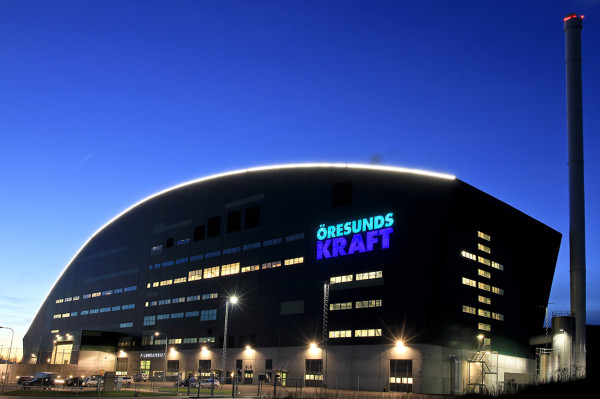Waste-to-Energy Technologies
Providing clean, efficient and renewable energy from waste
Our capabilities of turning waste into energy include state-of-the-art boilers, fuel and ash handling systems, and emissions control technologies. As a leading waste-to-energy company, B&W has more than 155 years of experience in designing, supplying and servicing some of the world’s cleanest, most efficient energy and environmental systems.
Plant Scope Includes:
Energy-from-Waste Boiler Designs
Three major designs are used in waste to energy plants: 1) single-pass furnace, 2) multi-pass furnace with vertical convection pass, and 3) multi-pass furnace with a horizontal convection pass.
B&W has proven experience with designing and building all three variations, with the choice of design determined by the application. All three designs feature a furnace that is strategically arranged over the grate to control gas flow and maximize heat absorption, and thus, maximize efficiency. B&W designs the flue gas flow path to provide reasonably uniform cross-section flow and temperature distributions by using physical and/or numerical computational fluid dynamics (CFD) modeling, and empirical data.
Adaptive SNCR for Optimized Boiler NOx Reduction
The selective non-catalytic reduction (SNCR) system from B&W provides optimized nitrogen oxides (NOx) control while maintaining proper boiler operation. By knowing the detailed design criteria of the SNCR system and integrating this into our computational fluid dynamics (CFD)-based boiler design process, we optimize boiler operation and NOx emissions. Read this project summary to learn how our adaptive SNCR was integrated into the plant upgrade at Filborna, Sweden.

Health, Safety and Sustainability
B&W Renewable's waste-to-energy operations are ISO 45001 certified. Our goal is to continually improve our work environment by managing and controlling the risks that exist at the workplace, at production facilities, at our offices, and when working on-site at clients’ plants. Also, health and safety are engrained in B&W work culture via the Target Zero program. It reflects our commitment to the overall safety of each employee.

